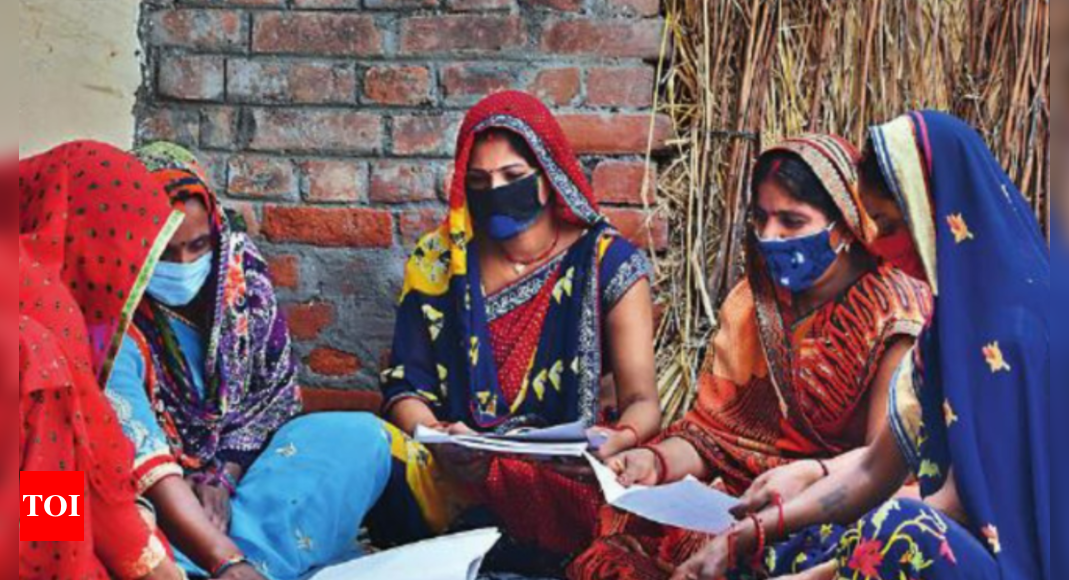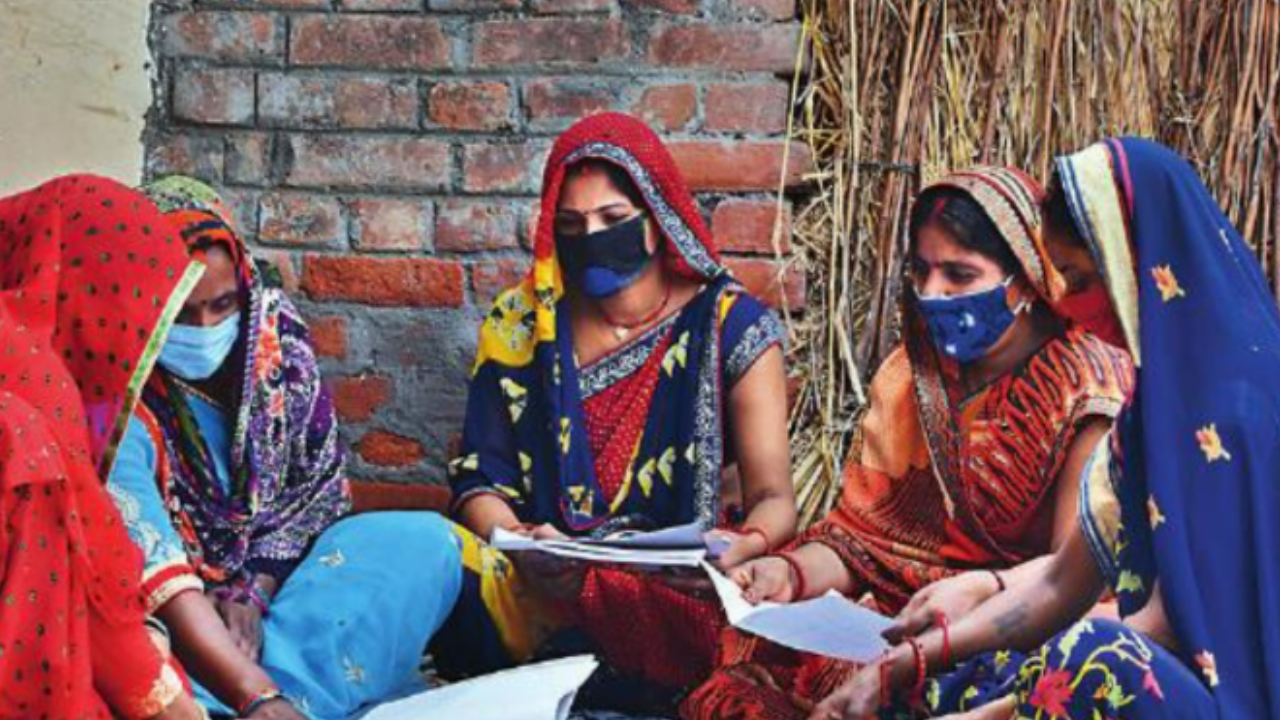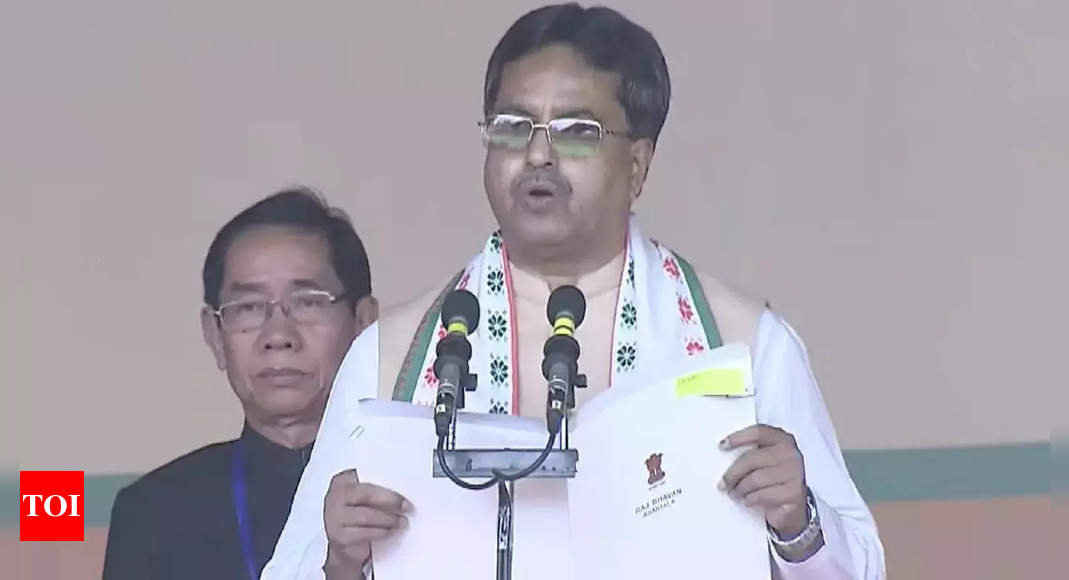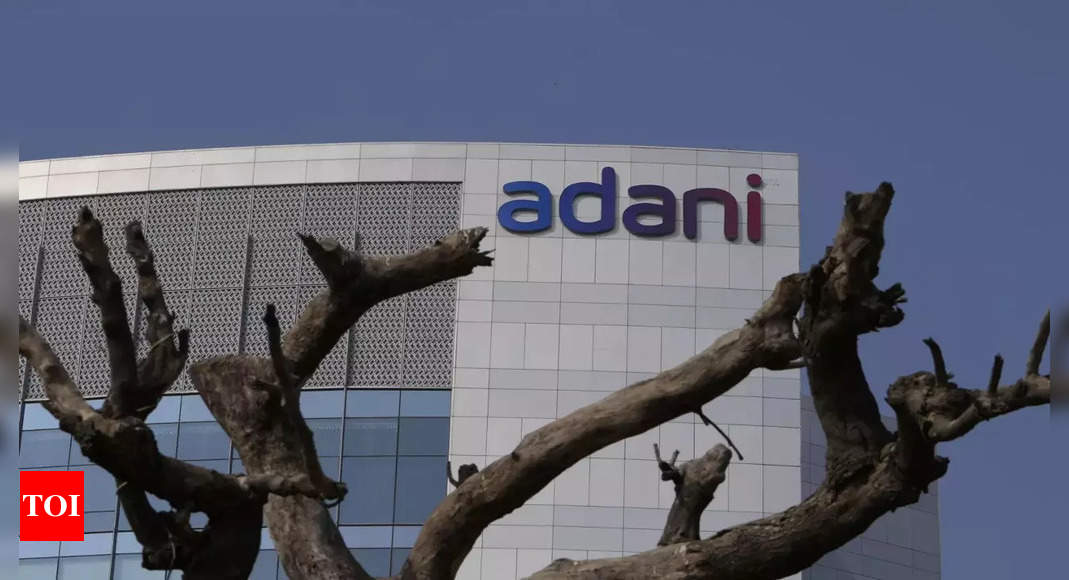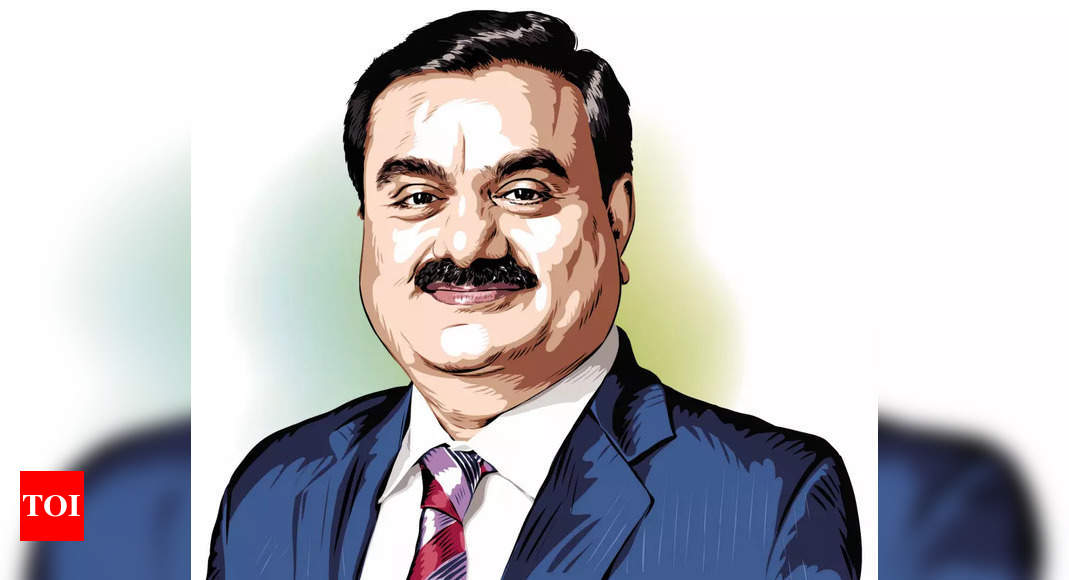[ad_1]
Khunti district in the state of Jharkhand is known for being the birthplace of Birsa Munda, a tribal leader who spearheaded a revolutionary movement in the Bengal presidenc y. However, today, the district is known for something else entirely: Mahila Mandala group of nearly 15,000-16,000 women farmers who have come together to form a collective.
The seeds of the group were sown in 2004, with the help of a not-for-profit organisation Professional Assistance for Development Action (PRADAN). Neelam Topnoa farmer belonging to the Munda tribe and on e of the female board members of the group, says PRADAN conducted workshops on a new method of growing rice, which used less water. The women in the group were also trained in growing vegetables and fruits in small kitchen gardens and nurseries.
“Now we not only have enough to feed ourselves, but also have surplus to sell in big markets,” she adds. The women in her group keep a target of sell ing produce worth at least Rs 1-1. 5 lakh per year.
Similar collectives have sprung up across the country. The case for collectivisation is strong. Nearly 80% of all economically active wo men in India are employed by the agriculture sector. They comprise nearly 40% of the total agricultural labour force in the country. However, they often earn less for the same produce, while mobility and access to government schemes is restricted. Jarringly, they own less than 13% of farmland, which also impairs their decision making. Due to the lack of land rights, the 2011 census recognised 3. 6 cr ore women in India as ‘cultivators’ and not farmers.
As a result, most of the women farmers’ collectives focus on facilitating access to small pieces of leased land, training in farming methods, and skills to procure inputs and sell produce in the market.
In Tamil Nadufor instance, Kalangarai, an NGO that works with widowed Dalit women in the Cauvery delta, has empowered nearly 45 f armers to lease farmlands for a year or two, pool in funds and resources, andsplit the profits following harvest.
Similarly, Punebased NGO Swayam Shikshan Prayog (SSP), which works with women farmers across drought-hit regions like Marathwada, started pushing for land titles in 2014. “We started going to families and village elders, asking them to keep aside a small piece of their land for cultivation by women,” says Upmanyu Patildirector of program at SSP. They also connected them to the local administration, and helped with regi stration. Today, SSP has created seven farmer-producer organisations across Maharashtra. All of them have women as shareholders and board of directors. Out of the participants, today 22% of the women have land titles under their name. On these tracts of land, usually one acre in size, women farmers were encouraged to take up farming using o rganic methods, and were linked to the market. Engagement with dairy and poultry farming was also encouraged.
Such models are crucial in helping women get better access to farming supply chains. In July 2020, the Uttar Pradesh State Rural Livelihoods Mission tied up with UNDP to launch a project to organise women from farming families into a collective. Today, several of them work at a wo men-led procurement centre managed by a farmer producer group called the Sheetala Mata Prerna Producer Group.
Amit Kumar, head of Inclusive Growth, at UNDP India, says such collect ives can be very useful. “Women farmers usually have poor access to advisory services that advise them on what to grow, what kind of seeds to use, what to spray, which fertilise rs or pesticides to use and more,” he says.
EMOTIONAL SUPPORT
Apart from instilling entrepreneurial confidence and helping women farmers save, the collectives have also become a centre for helping them deal with issues like widowhood, domestic violence, and practices such as witch hunting.
Emlen Kandulna, a tribal farmer based in Lohardaga district in Jharkhand, recalls how the collective helped her deal with her husband’s loss. “ He passed away in June 2006, and I was left with a threeyear old son,” Kandulna says.
However, PRADAN workers encouraged her to grow wheat on a small strip of land near her house, wh ich helped with sustenance. Talking to other women in the group also provided emotional support. “Akele hone ke bawjood, parivaar ke taur par hamein samooh mila (Despite being alone, I found a family in the group),” she says.
By 2013, she scaled up farming using drip irrigation, and became a board member of the collective. Today, she has registered her own organic farming company, which employs over 500 women farmers.
The seeds of the group were sown in 2004, with the help of a not-for-profit organisation Professional Assistance for Development Action (PRADAN). Neelam Topnoa farmer belonging to the Munda tribe and on e of the female board members of the group, says PRADAN conducted workshops on a new method of growing rice, which used less water. The women in the group were also trained in growing vegetables and fruits in small kitchen gardens and nurseries.
“Now we not only have enough to feed ourselves, but also have surplus to sell in big markets,” she adds. The women in her group keep a target of sell ing produce worth at least Rs 1-1. 5 lakh per year.
Similar collectives have sprung up across the country. The case for collectivisation is strong. Nearly 80% of all economically active wo men in India are employed by the agriculture sector. They comprise nearly 40% of the total agricultural labour force in the country. However, they often earn less for the same produce, while mobility and access to government schemes is restricted. Jarringly, they own less than 13% of farmland, which also impairs their decision making. Due to the lack of land rights, the 2011 census recognised 3. 6 cr ore women in India as ‘cultivators’ and not farmers.
As a result, most of the women farmers’ collectives focus on facilitating access to small pieces of leased land, training in farming methods, and skills to procure inputs and sell produce in the market.
In Tamil Nadufor instance, Kalangarai, an NGO that works with widowed Dalit women in the Cauvery delta, has empowered nearly 45 f armers to lease farmlands for a year or two, pool in funds and resources, andsplit the profits following harvest.
Similarly, Punebased NGO Swayam Shikshan Prayog (SSP), which works with women farmers across drought-hit regions like Marathwada, started pushing for land titles in 2014. “We started going to families and village elders, asking them to keep aside a small piece of their land for cultivation by women,” says Upmanyu Patildirector of program at SSP. They also connected them to the local administration, and helped with regi stration. Today, SSP has created seven farmer-producer organisations across Maharashtra. All of them have women as shareholders and board of directors. Out of the participants, today 22% of the women have land titles under their name. On these tracts of land, usually one acre in size, women farmers were encouraged to take up farming using o rganic methods, and were linked to the market. Engagement with dairy and poultry farming was also encouraged.
Such models are crucial in helping women get better access to farming supply chains. In July 2020, the Uttar Pradesh State Rural Livelihoods Mission tied up with UNDP to launch a project to organise women from farming families into a collective. Today, several of them work at a wo men-led procurement centre managed by a farmer producer group called the Sheetala Mata Prerna Producer Group.
Amit Kumar, head of Inclusive Growth, at UNDP India, says such collect ives can be very useful. “Women farmers usually have poor access to advisory services that advise them on what to grow, what kind of seeds to use, what to spray, which fertilise rs or pesticides to use and more,” he says.
EMOTIONAL SUPPORT
Apart from instilling entrepreneurial confidence and helping women farmers save, the collectives have also become a centre for helping them deal with issues like widowhood, domestic violence, and practices such as witch hunting.
Emlen Kandulna, a tribal farmer based in Lohardaga district in Jharkhand, recalls how the collective helped her deal with her husband’s loss. “ He passed away in June 2006, and I was left with a threeyear old son,” Kandulna says.
However, PRADAN workers encouraged her to grow wheat on a small strip of land near her house, wh ich helped with sustenance. Talking to other women in the group also provided emotional support. “Akele hone ke bawjood, parivaar ke taur par hamein samooh mila (Despite being alone, I found a family in the group),” she says.
By 2013, she scaled up farming using drip irrigation, and became a board member of the collective. Today, she has registered her own organic farming company, which employs over 500 women farmers.
[ad_2]
Source link

